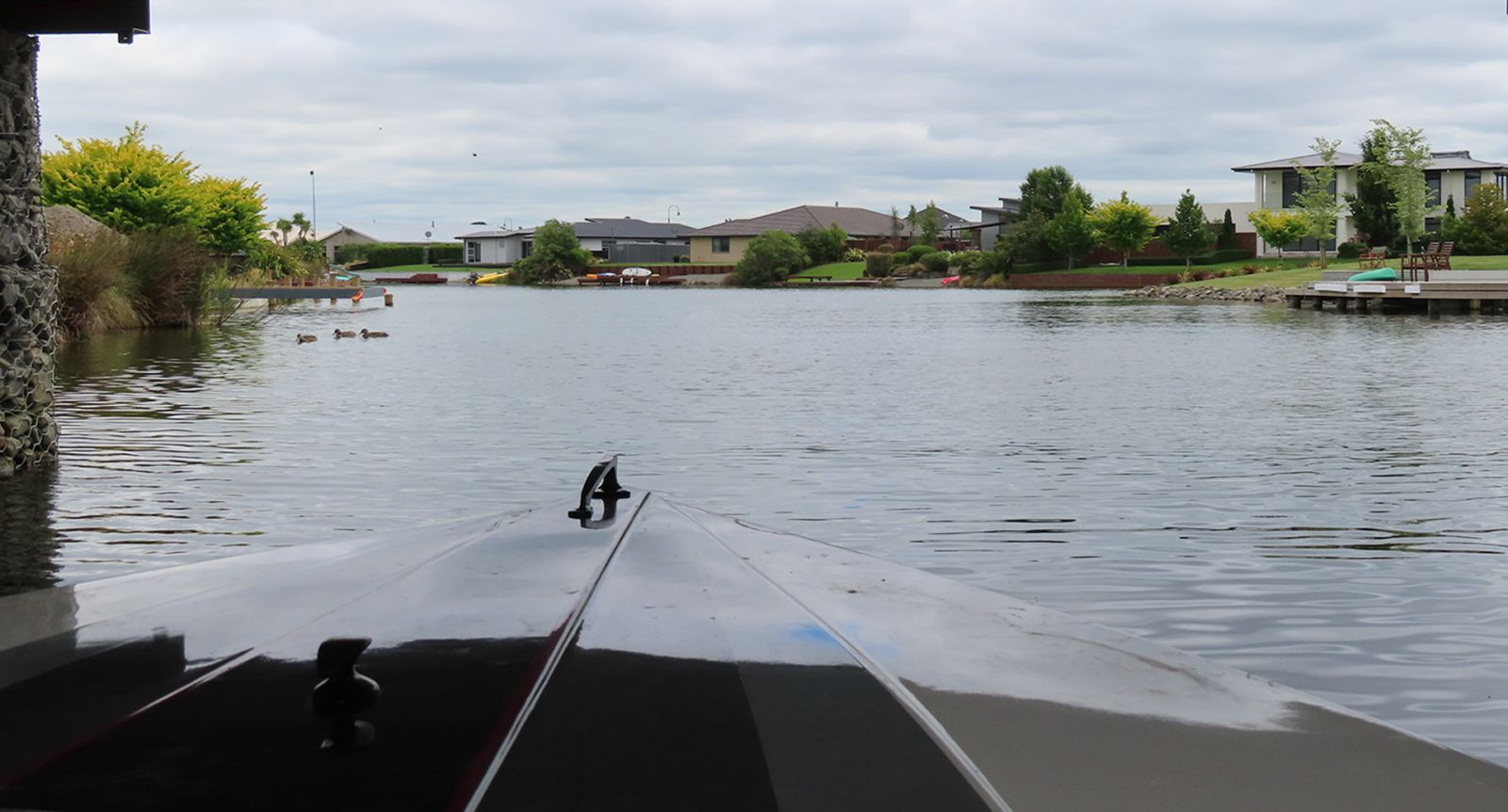Lake Hood Water Quality
The water in Lake Hood comes from the Ashburton River and from springs in the lake floor. It is tested as part of Environment Canterbury’s swimming sites programme during the summer and blue-green algae (cyanobacteria) is sometimes present in the lake.
Environment Canterbury monitors 97 sites accross Canterbury weekly from 17 November 2025 until March 2026. Monitoring continues after March for any sites under health warning.
There is currently NO public health warning.
The lake is currently OPEN to the public.
Council is working with scientists to manage the growth of algal blooms in the coming summers.
Previous water quality reports
Lake Hood Water Quality News
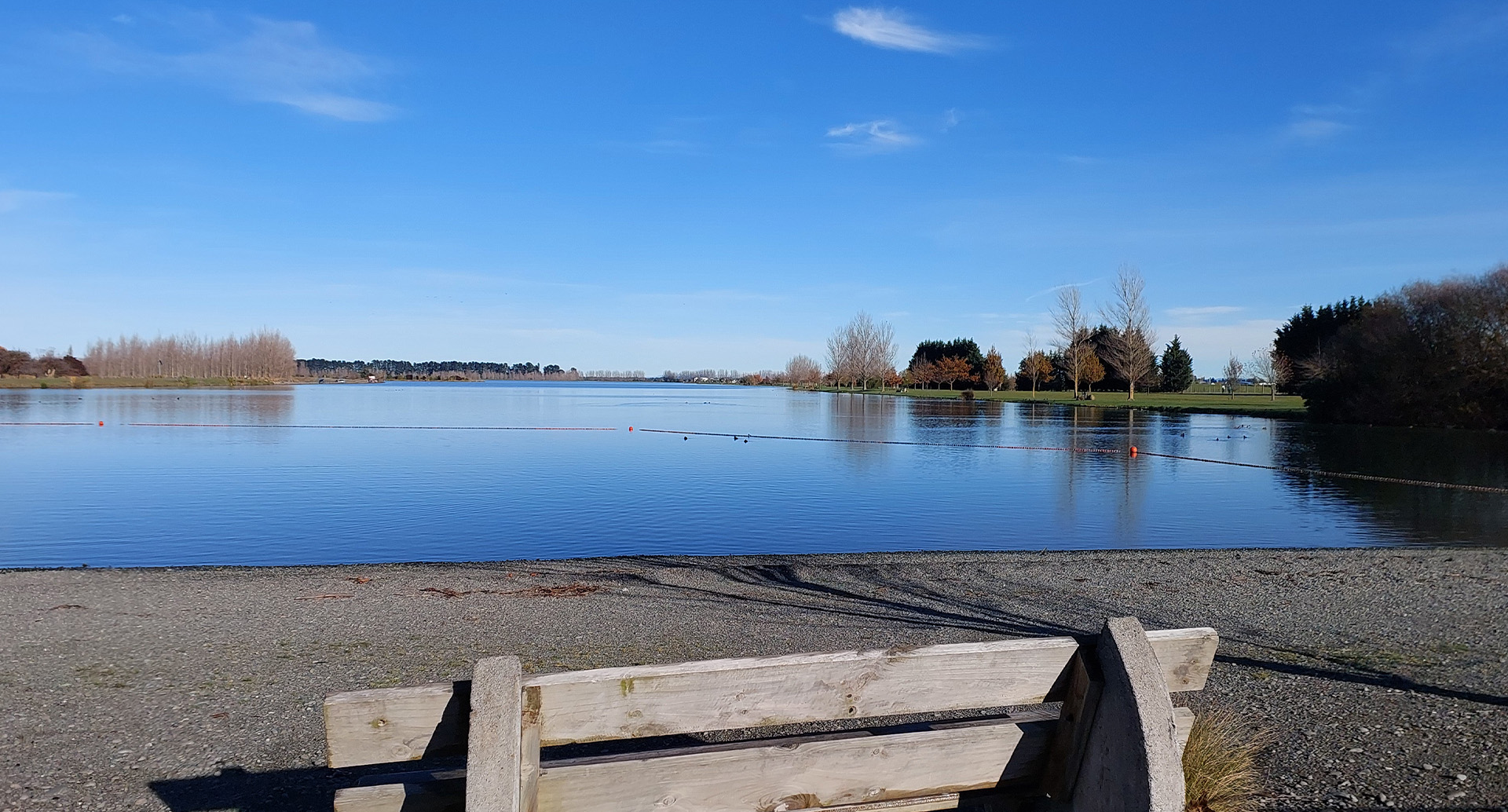
Lake Hood water update: Monitoring buoy to be deployed
A monitoring buoy is about to be deployed in Lake Hood next week and several rounds of trials of products to mitigate cyanobacteria blooms are planned in the lake this summer.
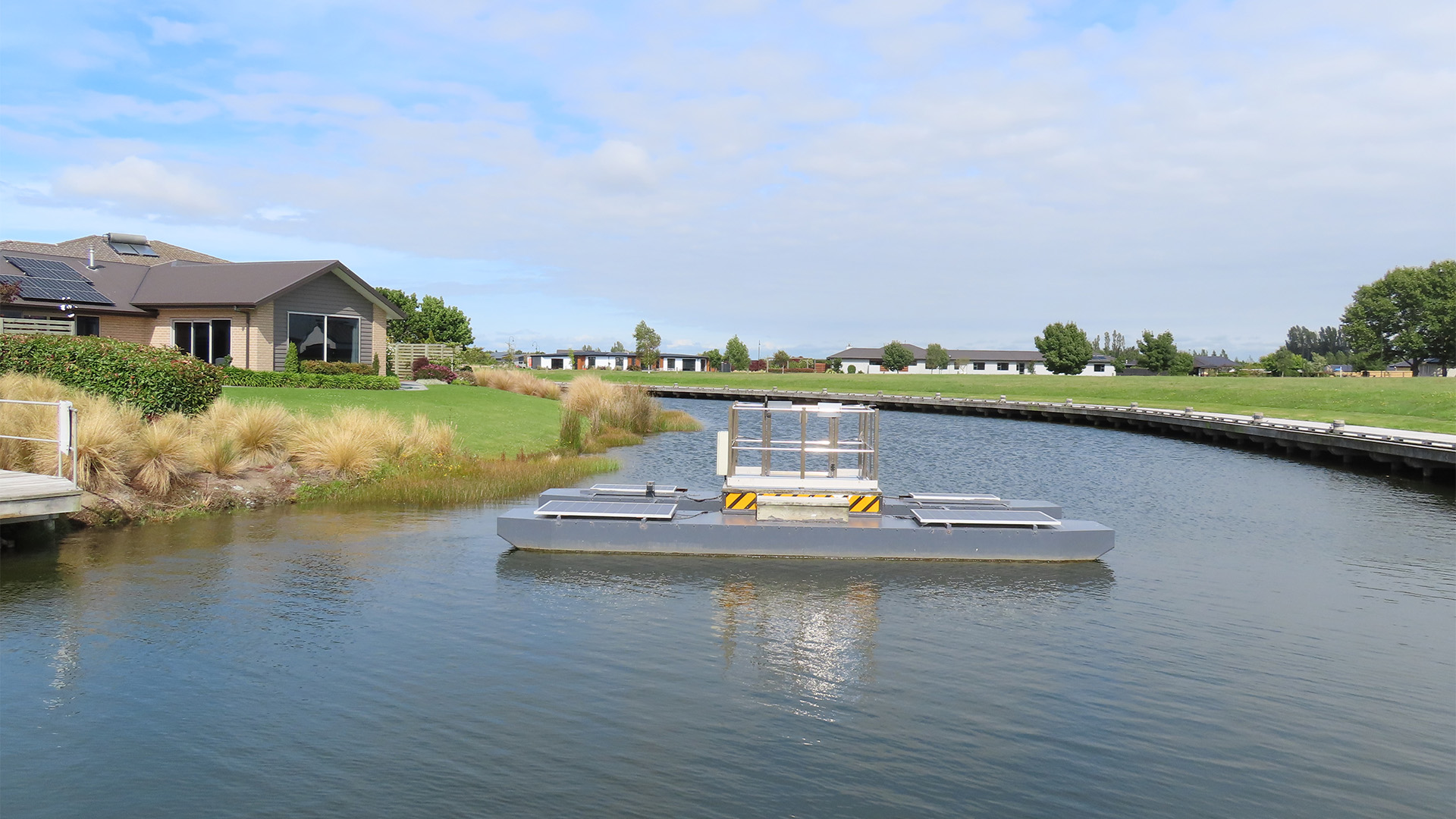
Lake Hood water quality update: 15 August 2025
Council officers are continuing to meet with scientists to understand what drives algal blooms at Lake Hood, as they plan for the coming summer.
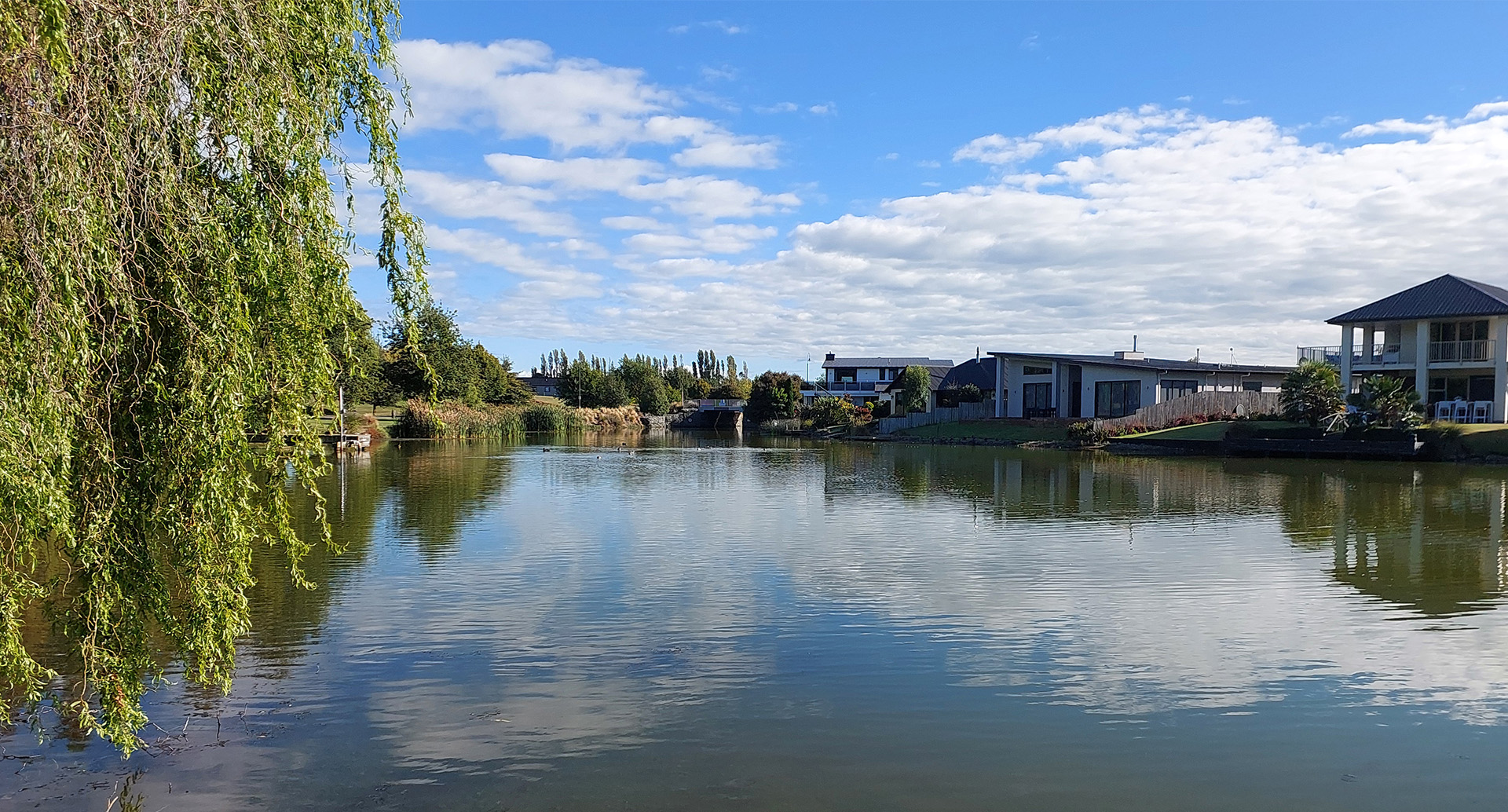
Lake Hood water quality update: March 2025
Council is keeping a close eye on water in the canals at Lake Hood, as warm weather increases concerns about an algal bloom.
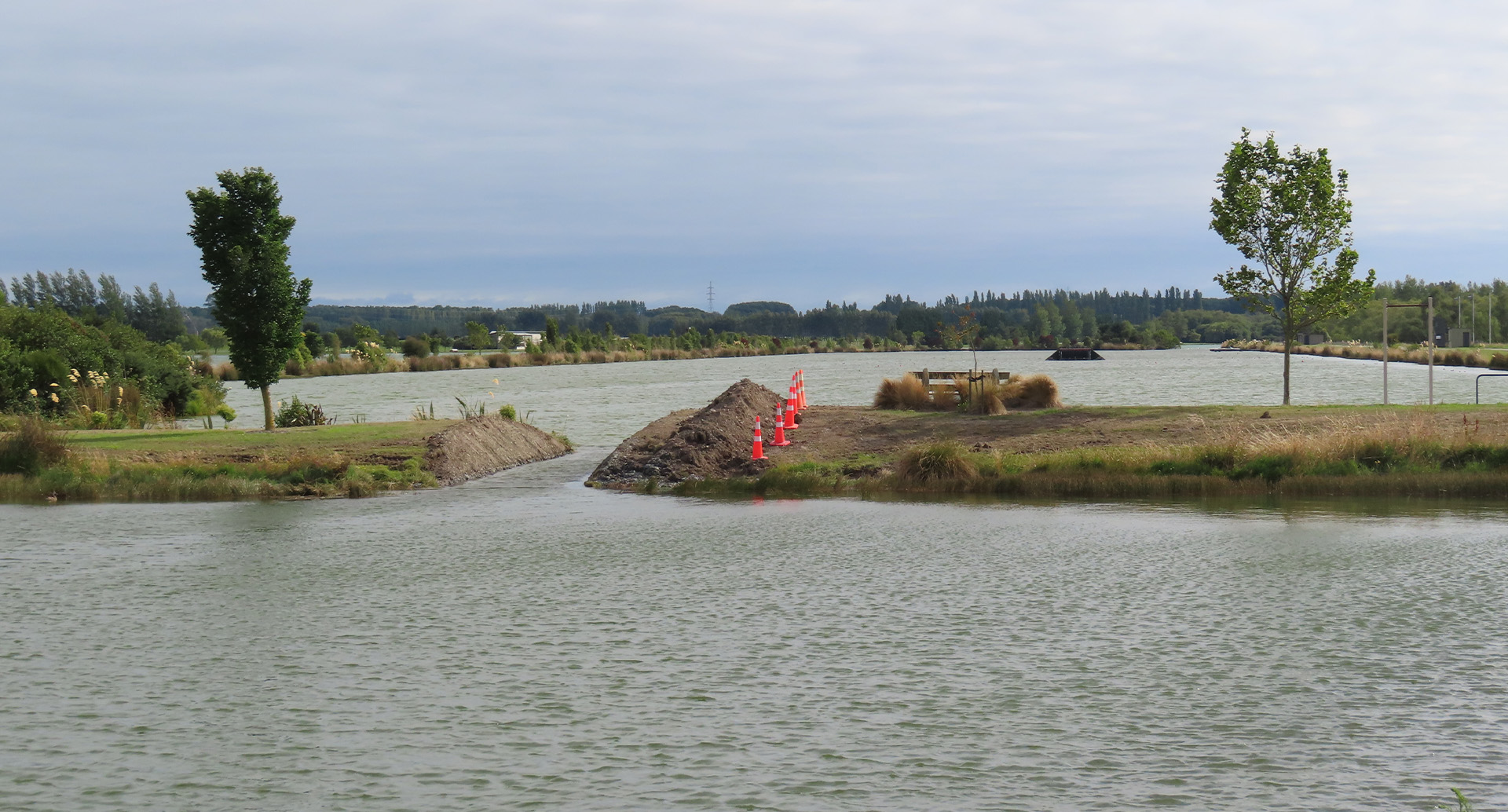
Lake Hood Water Quality Update: 21 January 2025
Council is undertaking more physical work at Lake Hood to improve water circulation.

Lake Hood water quality update: October 2024
Council has engaged engineering consultants Tonkin and Taylor to help create a future strategy plan for the management of Lake Hood, which has been affected by water quality issues over the past two summers.
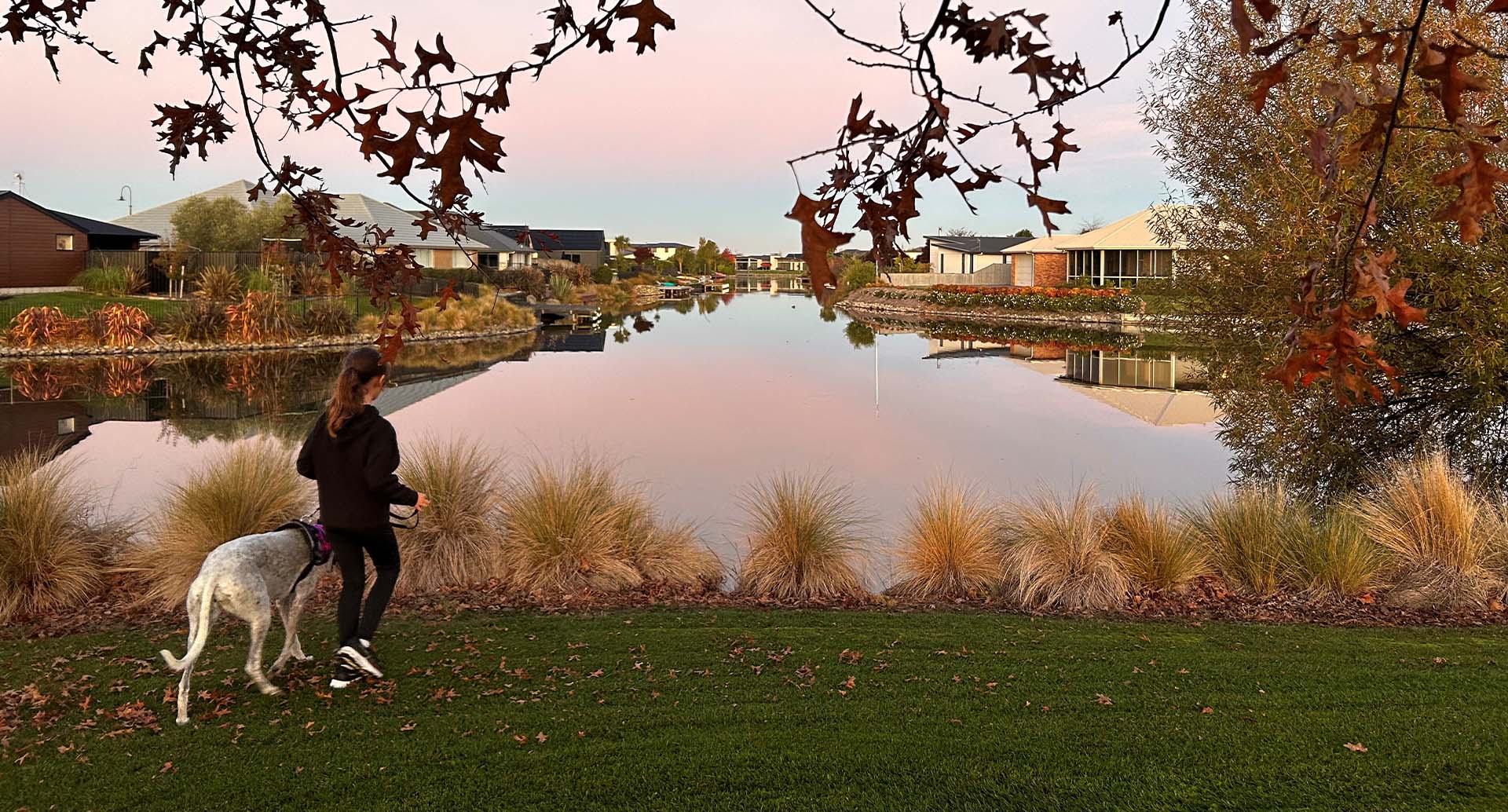
Lake Hood water quality update: 1 May 2024
The Ashburton Water Zone Committee has recommended that Environment Canterbury agree to fund a biochar trial in Carters Creek to see if phosphorus can be filtered from the water before it empties into Lake Hood.
